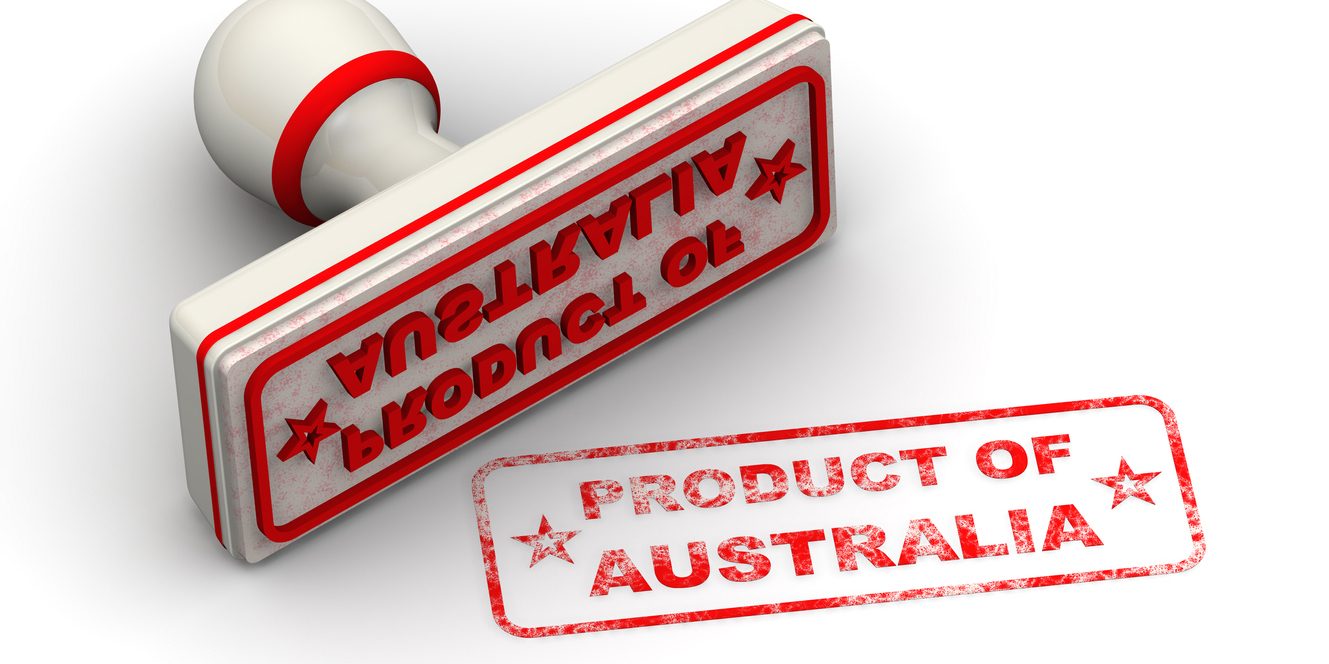
Evaluation of Country of Origin Labelling for Food: Discussion Paper
The George Institute for Global Health made a submission to the Department of Industry, Science, Energy and Resources, and the Australian Competition and Consumer Commission (ACCC) on the Evaluation of Country of Origin Labelling for Food. The George Institute has been tracking Country of Origin Labelling (CoOL) data since 2016 using FoodSwitch, a database of nutrition and labelling information for packaged and restaurant foods.
Over the past five years, CoOL compliance has significantly increased. In 2019, we recorded 15,134 priority food products, with 91% exhibiting CoOL. We recorded a further 5,599 products that were classified as non-priority, with 42% exhibiting CoOL.
Type of CoOL displayed by ‘priority’ products:
- 12% of products displayed a ‘grown in’ or ‘produced in’ Australia label.
- 48% of products displayed a ‘made in Australia’ label. These products were made mostly from Australian ingredients but also sometimes from imported ingredients.
- 7% of products displayed a ‘packed in’ Australia label.
- 24% displayed a label indicating they were imported.
- 9% were not yet displaying CoOL. These may be genuine instances of non-compliance, or some of these products may be able to argue they are in ‘non-priority’ categories.
A large proportion of products in the non-priority categories of beverages, snacks and confectionery did not display CoOL.
Further research by The George Institute may include an analysis by company to provide more detailed insights into areas of compliance and non-compliance.



